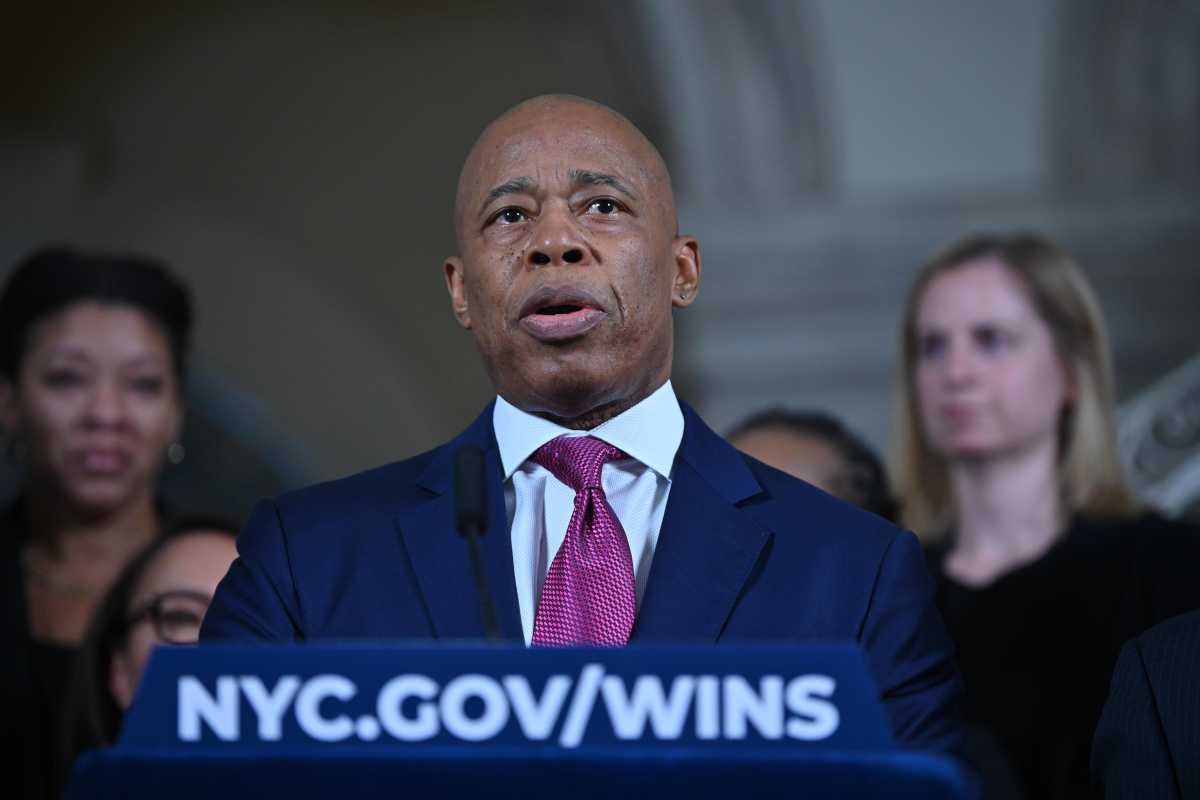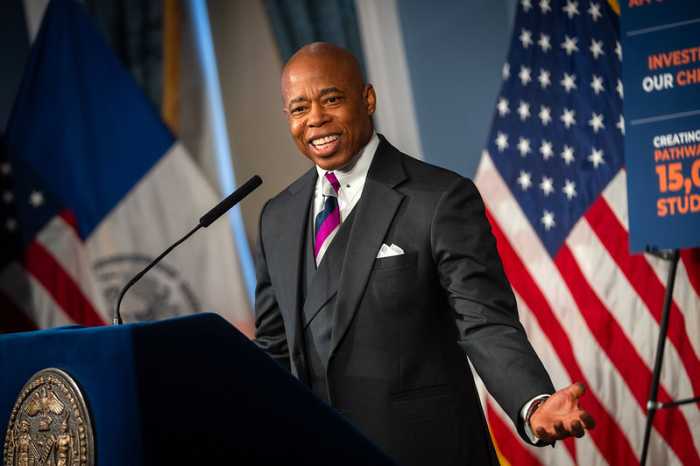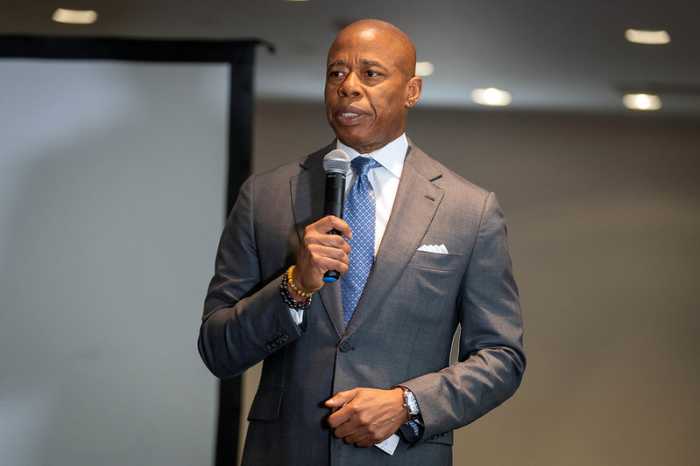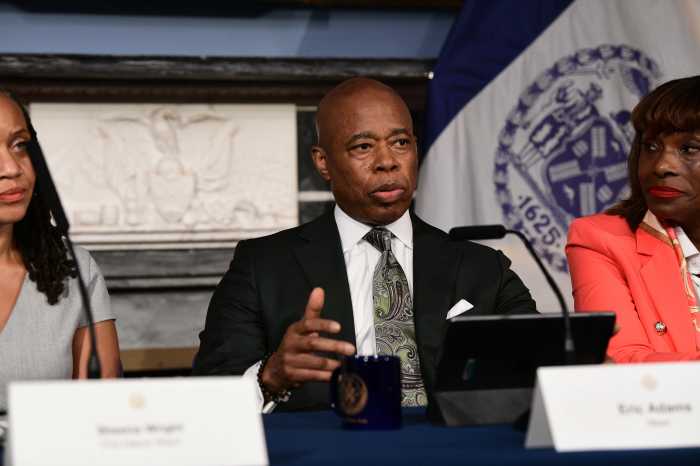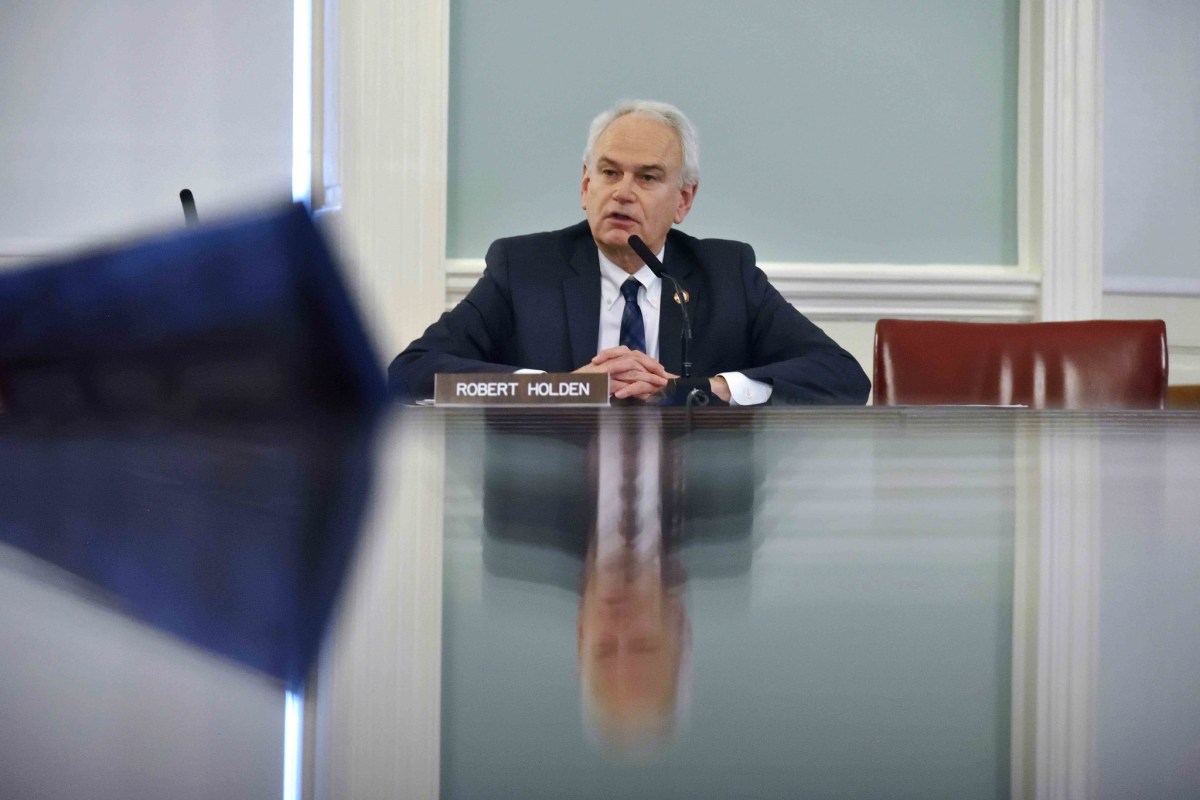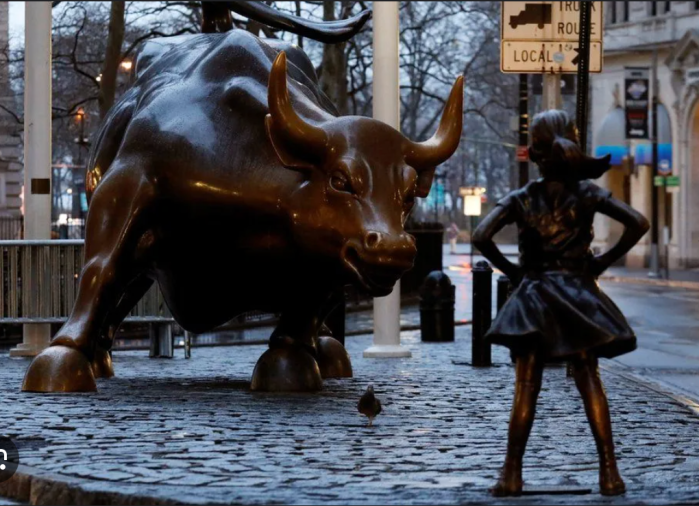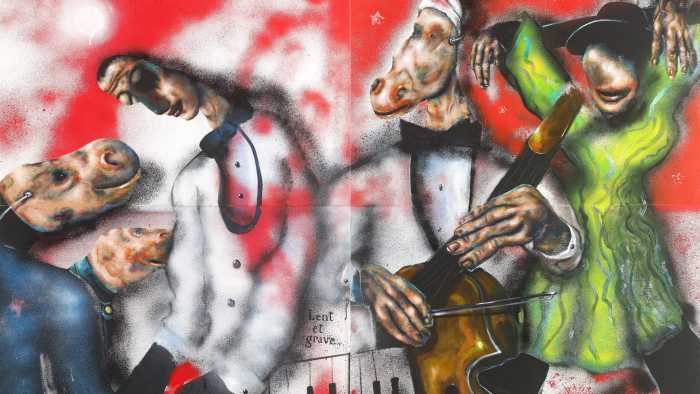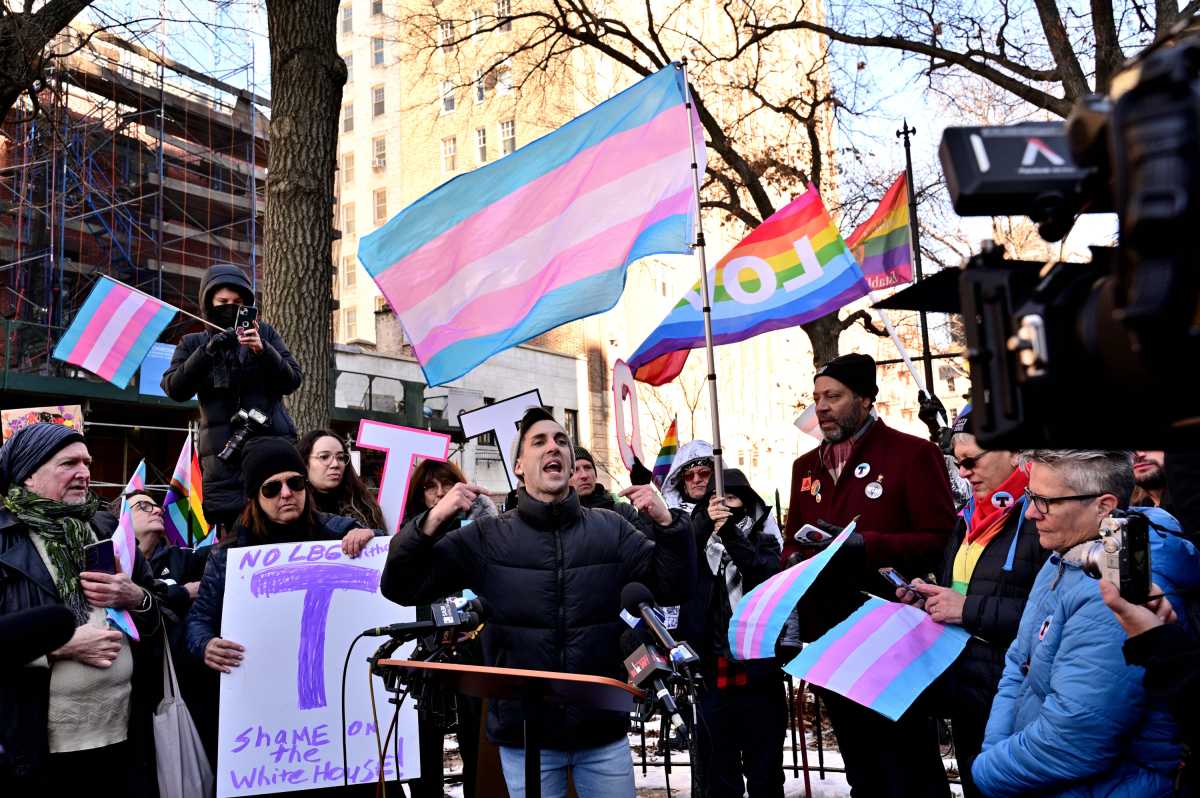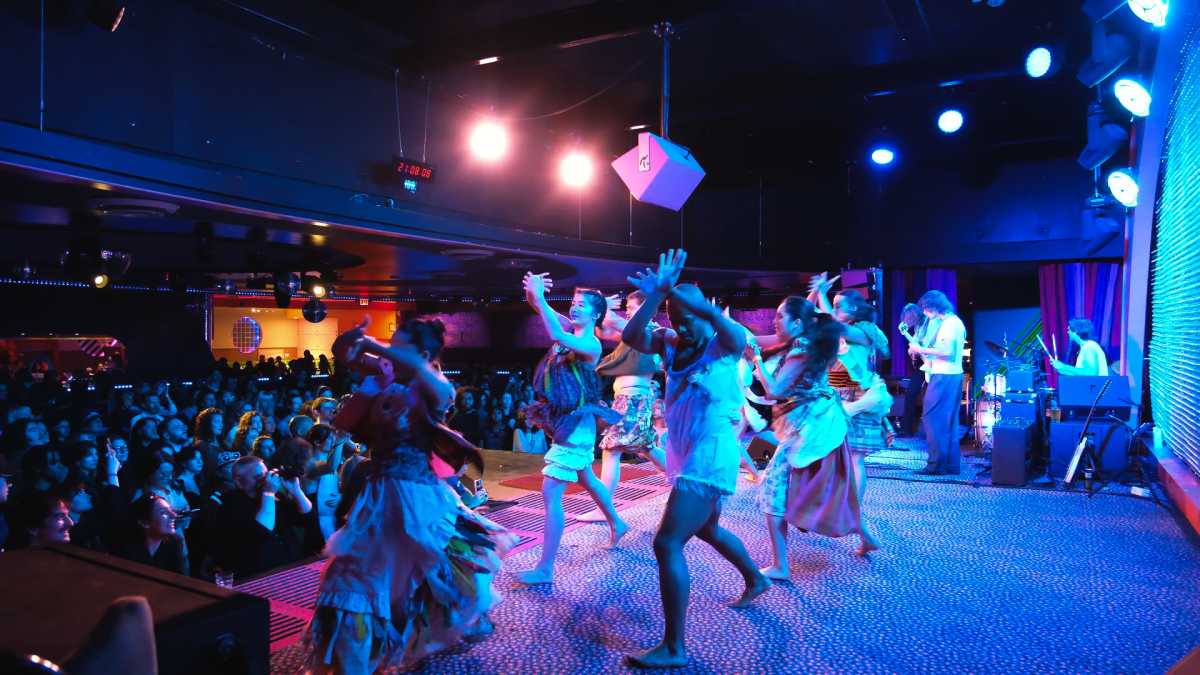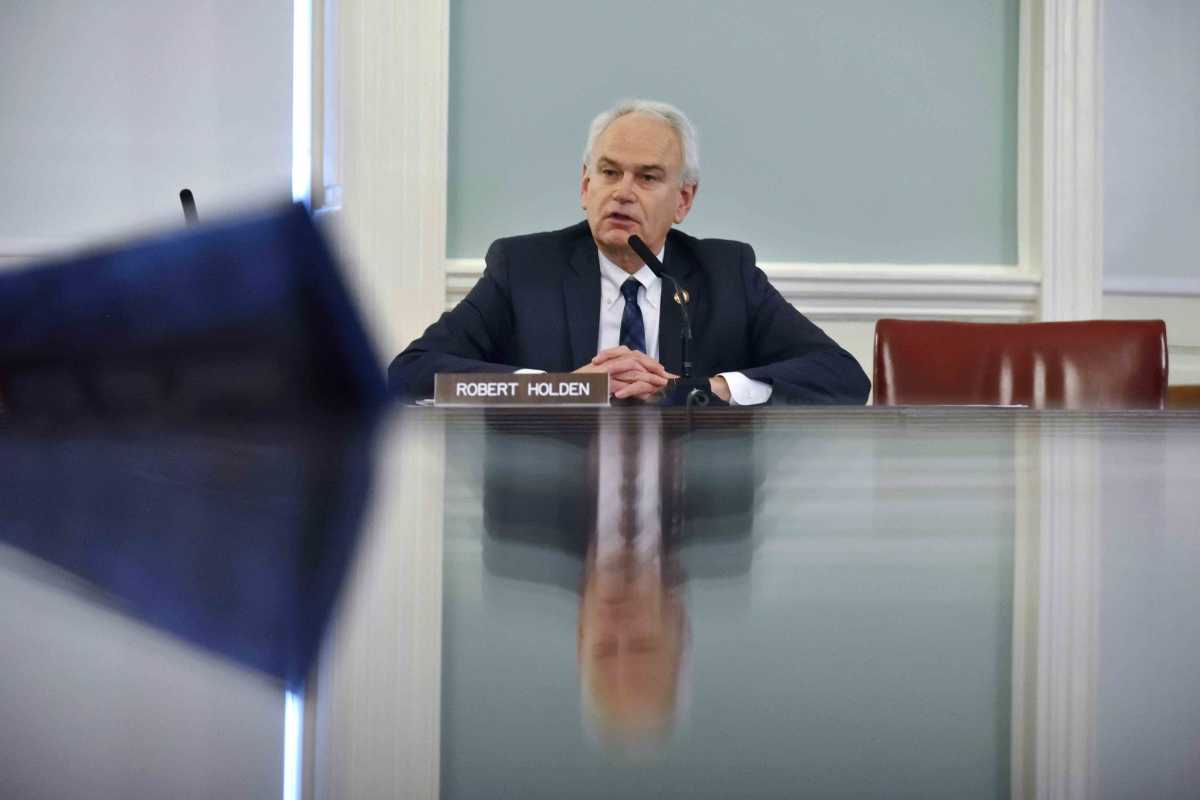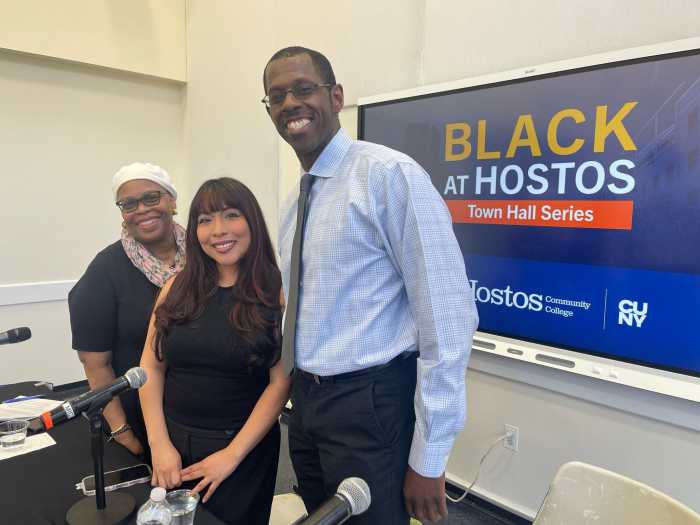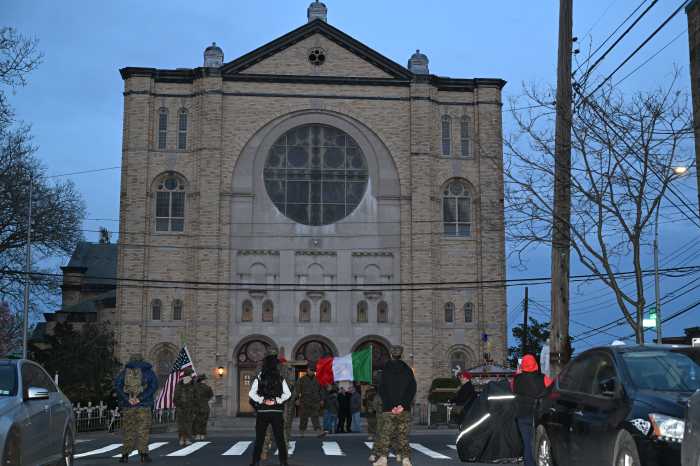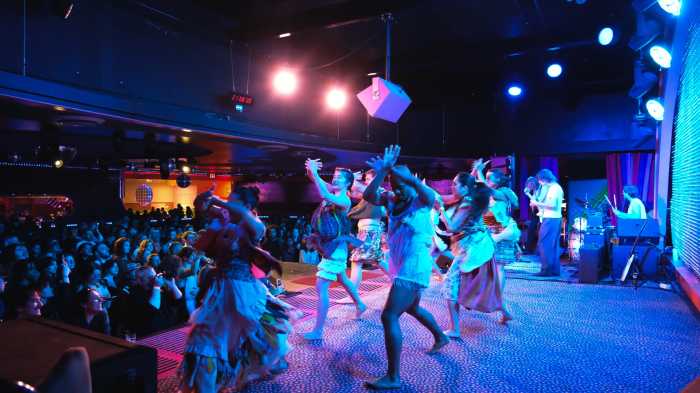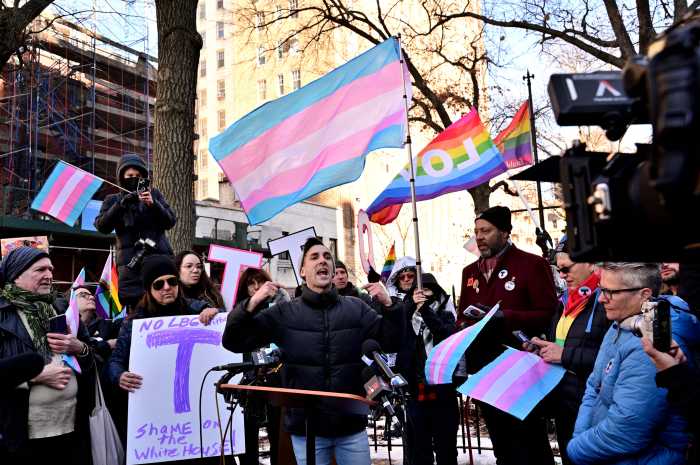Mayor Eric Adams rolled out on Thursday his preliminary budget for the upcoming fiscal year — a rosier plan in an election year, focused on funding some new initiatives and devoid of the broad cuts that defined his previous financial blueprints.
Hizzoner’s $114.5 billion Fiscal Year 2026 Preliminary Budget is down roughly $5 million from his $115 billion November Financial Plan. Yet it is up $2.5 billion from the current fiscal year’s budget at adoption last June—$112 billion—and $3 billion from last year’s $109 billion preliminary budget.
During his Jan. 16 budget rollout at City Hall, Mayor Adams proclaimed the city’s economy is now “booming” due to his administration’s continued “strong fiscal management.”
“The steps we took to achieve savings combined with revenues from a robust economy enable us to balance the Fiscal Years 2025 and 2026 budgets,” Adams said. “Because we set the table for success, we were able to ensure the continuity of critical programs, as well as make strategic new investments in public safety, affordability and quality of life that benefit working-class New Yorkers.”
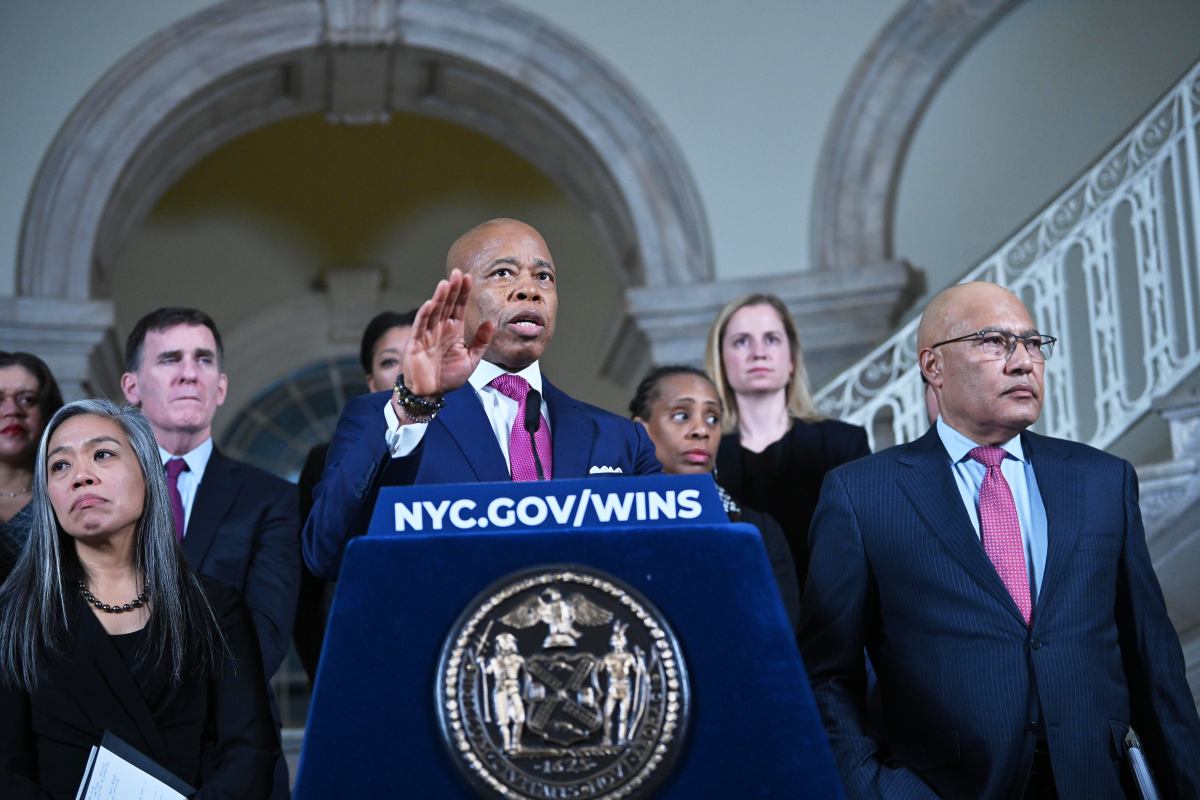
‘No cuts,’ but some programs lose funding
The mayor said the city’s improved fiscal outlook means “no cuts are being proposed.” He attributed the city’s stronger financial footing to the receding migrant crisis, which he presented last year as an existential threat to its finances.
However, the budget does not include funding for several programs that are covered in the current year’s plan. Those include $112 million for the city’s universal 3-K program, $25 million for supplemental litter basket service, and $10.8 million for “Fair Fares,” the city’s half-priced MetroCard program for qualified low-income residents.
Over the past couple of years, Adams made numerous rounds of wide-ranging budget cuts to areas including libraries and universal Pre-K to balance a budget he claimed was stretched to its breaking point by paying for new arrivals. He said the city has spent $6.9 billion on sheltering and otherwise providing for over 230,000 migrants who have arrived in the five boroughs since spring 2022.
But Adams said his administration has been able to cut those costs by $2.4 billion. He added the cost savings came from the city’s efforts and federal border policy changes, which have brought down the migrant shelter census from 69,000 in late 2023 to below 50,000.
“We committed to bringing down the costs of migrants and asylum seekers,” Adams said. “We knew we had to change how we were managing the crisis to not keep people permanently in our care. And those are savings. We were saving people taxpayer dollars.”
The mayor spent much of last year’s budget cycle restoring funding that he had previously slashed.
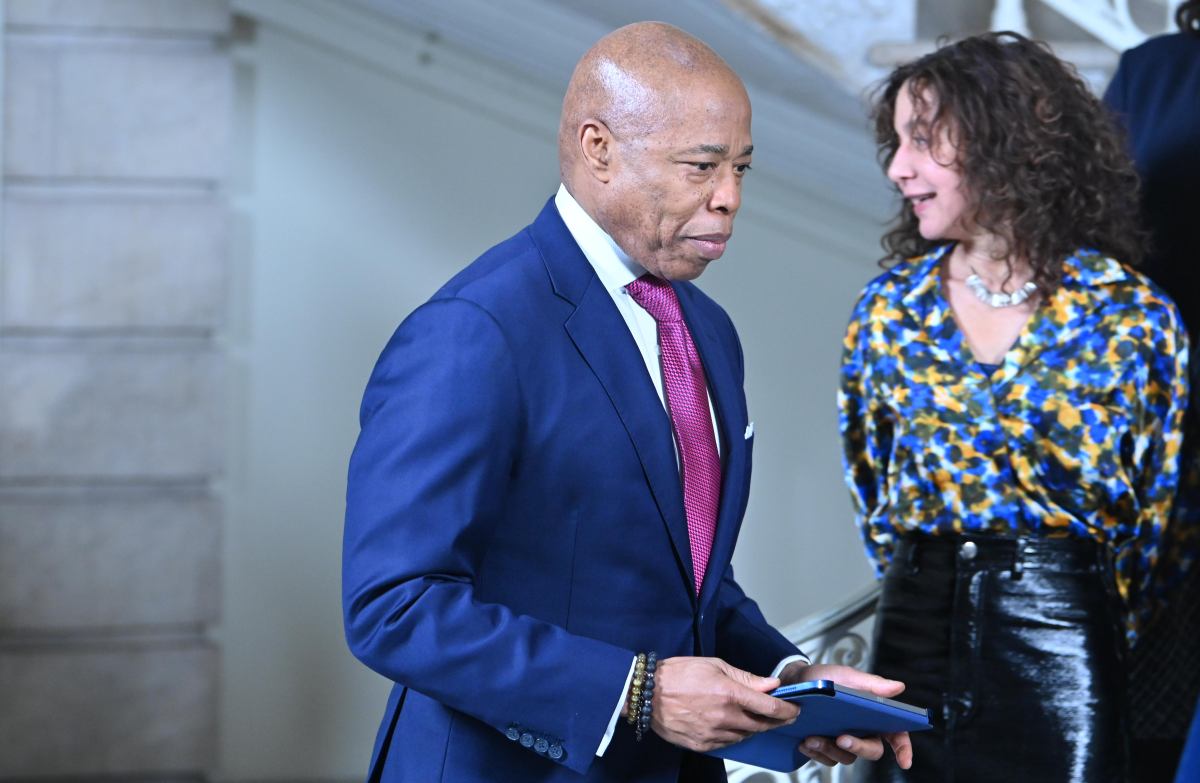
However, city Comptroller Brad Lander — who is running against Adams in this year’s Democratic mayoral primary — charged Adams’ budget office is merely correcting its overbudgeting of migrant-related costs.
“Perhaps the biggest gimmick here is that $2.4 billion of the $2.7 billion that the Mayor is claiming in savings is merely correcting for his past overbudgeting of asylum seeker costs,” Lander said in a statement. “It’s really stretching the budget dance to scapegoat immigrants for the city’s problems, overbudget expenditures on asylum seekers, needlessly threaten to make cuts to libraries and parks, and then claim it as savings.”
City Council leaders have long made the same argument, contending the city always had enough revenue to avoid Adams’ drastic cuts, but that the mayor’s budget team refused to recognize it.
The mayor said the plan invests in areas he announced in his State of the City speech last week — an address focussed on making New York City the best place to raise a family.
Those areas include tackling homelessness on the streets and subways, eliminating income taxes for some New Yorkers, and adding more cleaners to city parks. The budget invests $137 million as part of the five-year $650 million homelessness plan, $63 million to nix income taxes for low income families — a move that must be enacted via yet-to-be introduced state legislation, and to adds cleaning staff to 100 more “hot spots” in city parks during peak hours.
Additionally, Adams said he does not plan to take any significant steps to rein in spending on NYPD overtime, which routinely goes over budget.
“I’m going to use every dollar that’s needed to keep this city safe, that’s my north star,” Adams said. “If we have to use overtime to do it, we’re going to use overtime to do it.”
The city will be getting some help in footing the bill, as Gov. Kathy Hochul announced Tuesday the state would provide $77 million toward overtime costs for the NYPD to have two officers on every subway train during overnight hours through at least the midway point of 2025.
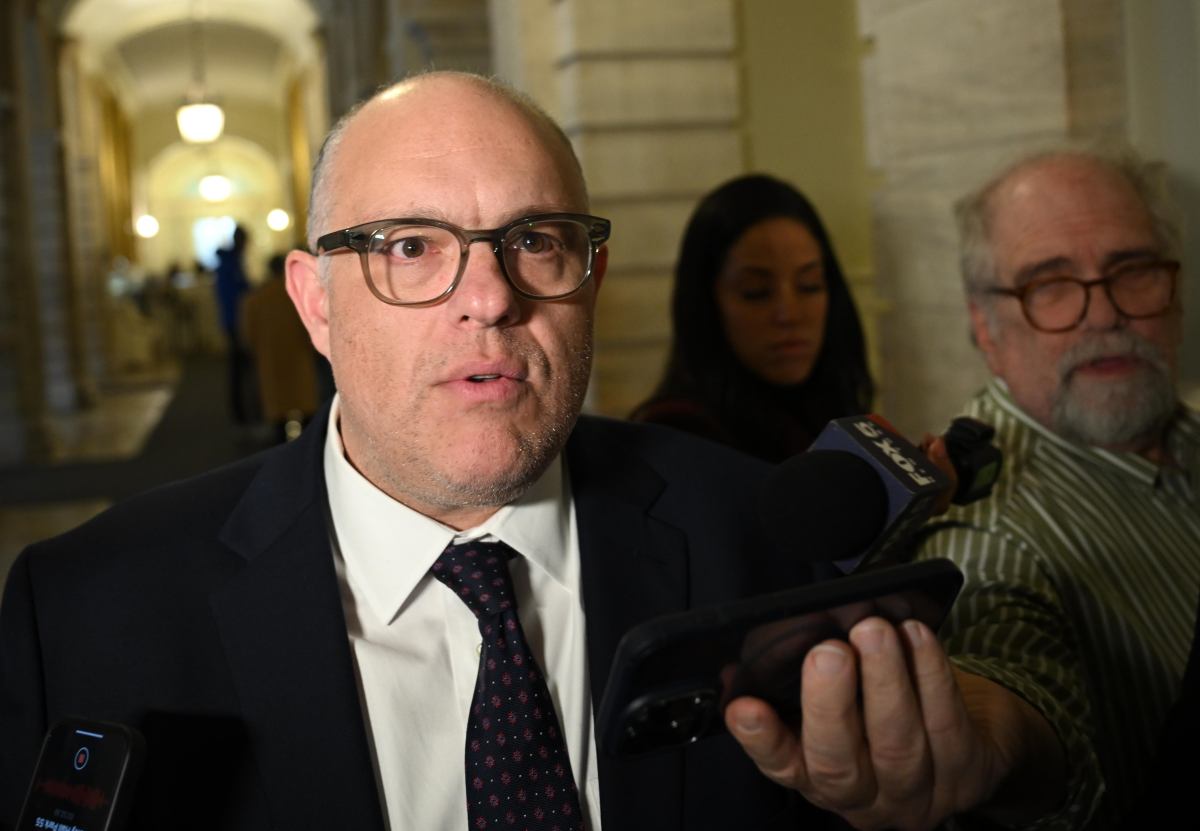
However, City Council Finance Chair Justin Brannan, a candidate for city comptroller, argued the plan does little to tackle several issues that city lawmakers have spent years pushing to address through the budget, setting up another likely battle over the spending plan this year.
“It’s silent on a lot of issues that have been priorities that have been priorities for us over the years,” Brannan told reporters on Thursday. “Early childhood, education, our parks, CUNY, proven mental health solutions that the council believes in, it’s silent on all of this stuff.”
Read More: https://www.amny.com/politics/city-budget/



